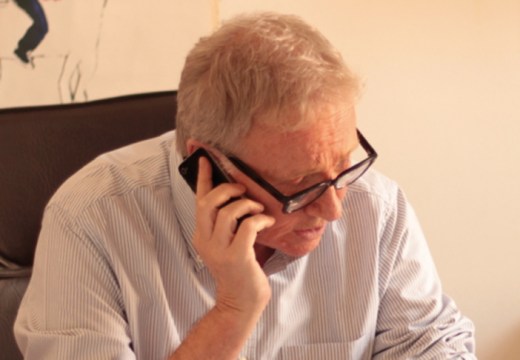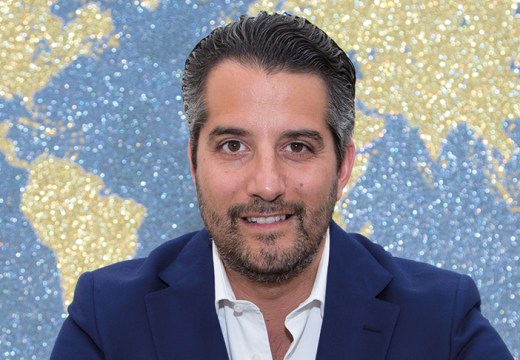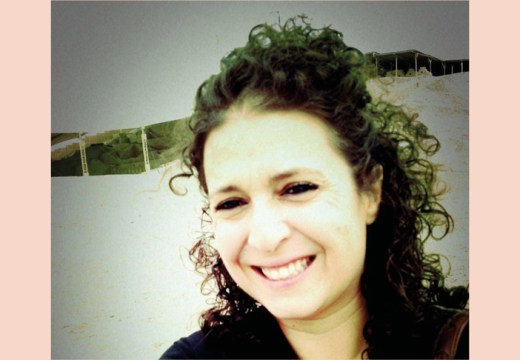Beirut
Haig Aivazian’s work defies categorisation. Open-ended and discursive, the Beirut-based artist’s practice migrates across media and modes of enquiry with a restless agility, unfurling across ‘multiple chapters’ in which process, more than any ‘crystallised instances of objects or image’, is central. The results, when they do crystallise, are stunningly eclectic. Driven by what each ‘particular topic or story proposes’, Aivazian has produced pieces ranging from an installation of dismembered stadium floodlights to ‘performed lectures’ and films, to sculptural and musical collaborations.
Beneath the variety lies a thematic coherence that makes Aivazian’s work unmistakable, and lends it a rare heft. Central to his practice are the ideological problems of a modern world that is as fractured by the fault lines of history as it is networked by the ties of modernity. In Aivazian’s projects, this paradox reappears, through a kind of archaeological process, as series of unexpected juxtapositions and resonances. In the video piece Prometheus (2019), fire is a narrative motor linking the USA’s basketball ‘Dream Team’ at the 1992 Olympic Games to the first Iraq War, Greek myth, the history of weapons development, and colonial exploitation. The process is transformative: uncovering the undercurrent of domination in everything from the soft power of international sports to the sight of a young woman in a headscarf blowing smoke rings in her car with a machine-gun glottal click.
Identity, too, is a central, personal, issue. When I ask Aivazian about his own background, he affably describes it as an ‘unanswerable question’. Born in 1980 to an Armenian family in Beirut, he has spend much of his life on the move: attending school in Sharjah in the UAE, university in Montreal and Chicago, and working in New York, before finally returning to Beirut. While he distances himself from what he calls the ‘celebratory “citizen of the world”-type discourse’, little about him works within the deceptively clear-drawn geographical boundaries of a 21st-century atlas.
All of this makes Aivazian hyper-aware of what he refers to, following theorist Avery Gordon, as ‘ghostly matters’: pasts that are not really pasts all, but which stalk the present on the edges of vision. In How Great You Are, O Son of the Desert! (2013), it is the spectre of French colonialism that returns, in a documentary-style investigation of Zinedine Zidane’s infamous headbutt during the final of the 2006 World Cup. Likening Zidane’s ‘explosion’, in response to Marco Materazzi calling him the ‘son of a terrorist whore’, to a terrorist act on his own career, Aivazian links it to the burning cars and rioting in France’s heavily policed ‘Sensitive Urban Zones’ the previous year. Identity, overdetermined, raises its head here as the inciting incident of the riots: the grisly death of two teenage boys at an electricity substation in Paris’s Clichy-sous-Bois suburb in 2005, who were hiding from a police patrol in order not to be found without cartes d’identité.
For an artist so theoretically and historically focused, Aivazian remains above all else interested in practice – doing and making. His process often starts by ‘letting my hands do the thinking’, and has seen him enter into long exchanges of knowledge with craftspeople. In Hastayim Yaşiyorum (I am sick, but I am alive), his contribution to the Golden Lion-winning Armenian Pavilion at the 2015 Venice Biennale, questions of identity and history returned through an aural and sculptural collaboration with instrument makers, mutating the construction of the oud into a variety of beautiful, disorientating forms. The same project led to a musical collaboration with the choir of the Beyoğlu Holy Trinity Armenian Church, for Wavy Is the Sea of Bolis, O Mother at the 2015 Istanbul Biennial.
While plaudits for both the Venice and Istanbul biennials mean that Aivazian has been hailed as one of the most interesting artists working out of the Middle East today, it is the process of collaboration itself that he picks out as a career highlight – his restlessness expressing itself in a continuous desire to understand new forms of knowledge and other ways of making. With new sculptures due to be displayed as part of a show called ‘SOFT POWER’ at SFMOMA (26 October–17 February 2020), and a project with the Berlin-based artist Jumana Manna at the city’s Home Works festival in October 2019, there is no sign of the restlessness ending.
Tim Smith-Laing
See more 40 Under 40 Middle East Artists
Unlimited access from just $16 every 3 months
Subscribe to get unlimited and exclusive access to the top art stories, interviews and exhibition reviews.








